By Mike Rutledge
NKyTribune Reporter
Before Kenton County’s new jail opened to inmates in November of 2010, consultants looked at population trends and calculated the next jail addition shouldn’t be necessary until 2025.
But heroin intervened.
The jail already is over its recommended capacity, and officials are looking for ways to handle the increased number of inmates.
According to those consultants’ projections, Kenton County Jailer Terry Carl says, “It should have lasted me another 10 years before we had to do anything.”

Last week the jail housed 649 inmates, dozens above its capacity of 602, and that was a dip from higher numbers in recent months, Carl said.
“Last summer we got to 751,” he said. “Tomorrow or this weekend it could be pretty high again, up in the 690s,” he said. “So you never know.”
On Friday, 82 people in the jail were incarcerated for trafficking heroin, he said.
“It’s probably 80 percent, total, that we see who are on drugs or committed crimes to get drugs, or pay for drugs.”
Adding on to the jail to increase its population by 140 “comes with a big price tag of $8 million to $9 million,” Carl said. Instead, the county fiscal court “is looking at a treatment facility on this property, but they really haven’t come to an agreement on what actually they want to do.”
Campbell County also crowded
In Campbell County, Jailer Jim Daley has a suggested jail capacity of 425 in his main jail, although the facility can handle perhaps 70 more without increasing the number of deputies, largely because inmates are locked down.
Last Friday, that jail had 519 inmates, Daley said.
“Last year, between Jan. 17 and the end of December, we booked in 1,150 people with heroin- or heroin-related issues,” Daley said.
“So far for 2015, we’ve booked in about 501,” Daley added. “And in population today, we have 276, right now. That’s the majority.”
“When I have 500 people in my jail and 276 of them have had heroin charges or admittedly have used heroin, the sheer volume of that is problematic,” Daley said.
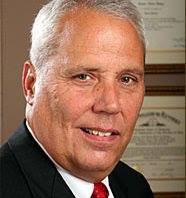
“That’s 276 inmates who have health issues, who have behavioral issues. It’s just unbelievable to me.”
Jail officials in Kenton, Campbell and Boone counties say heroin addicts mainly pose additional work for their medical staffs, and require extra monitoring from guards, largely because of fear they will dehydrate while they detox.
Other than the closer monitoring they require, “They’re not bad,” to keep watch of, Daley said. “Once they get in here and they start detoxing, it’s like a bad flu. They’ve got throwing up, diarrhea, the aches and pains.
“They might come in here walkin’ and talkin’, and they just shot up maybe an hour before,” he said. “And then they’ll come in here and crash, in some cases.”
Not as bad in Boone County
Boone County’s jail isn’t facing the same difficulties as in the other counties, says Lt. Jason Maydak.
“It is a problem, to a certain level, with the amount of care they need, especially medical care,” he said. “It’s a constant.”
“Basically, they just need the additional supervision to make sure that they’re OK,” Maydak said. “They need the ‘round-the-clock medical care. That’s the last thing we’d want, is somebody dying on us. Occasionally we have to make hospital runs, emergency hospital runs and things like that with them.”
Boone County’s jail is under capacity, even though it leases beds to the state and federal governments for housing inmates. One day last week the 424-bed main jail had 378 inmates. That doesn’t include the 67 people who were in the 76-bed lower-security jail for having committed lesser offenses and either are on work release or do community service.
Unlike the other two jails, Boone County’s is able to bring in revenues by housing inmates from the state, from U.S. Marshals in Ohio and Kentucky and from other agencies, such as Immigration in Chicago.
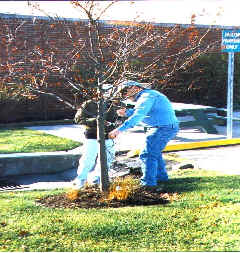
Campbell County built its jail with the hope that it could do something similar, but the heroin boom has ended that hope, Daley said.
“You can’t really look at a jail as a profitable enterprise, but that’s 276 beds that the county could be getting paid for if we had to use those beds to either put state or federal, or other inmates in,” he said.
When Campbell officials built the addition program, “we had hoped to keep paying customers in there to pay down the debt associated with the building,” he said.
“These inmates take that ability to garner income away from us, which is a big deal for the fiscal court, because our having some paying customers is built into their budget.”
Peer pressure that kills
As a former undercover-drug investigator with the state police and also leader of the Northern Kentucky Drug Strike Force before becoming the jailer, Daley says, “I’ve been in the dope business, one way, shape or form, forever.
“And I think this is as close to a drug crisis as we have seen. I mean, it’s everywhere.”
The young people who come through here, both male and female, the people who you’d look at and think, ‘Well, they’re a normal, working part of our society,’ and they’re on heroin. Young kids, pregnant women.”
On a typical day, “We’ve always got 3, 4, 5, 6, 7 females in here that we’re transporting out, every day, for methodone.
“It’s very, very disheartening,” he said, largely because he knows heroin will kill many of them in the next few years.
“The success rate on getting clean is so slim that there’s a large percentage of them that will end up dead,” he added.
“I really try not to judge them, because really, I tell my friends, ‘Well, what made you take your first drink of beer?’” Daley said. “It’s got that peer-pressure part of it, and some of them, this is just part of the world they’re growing up living in.
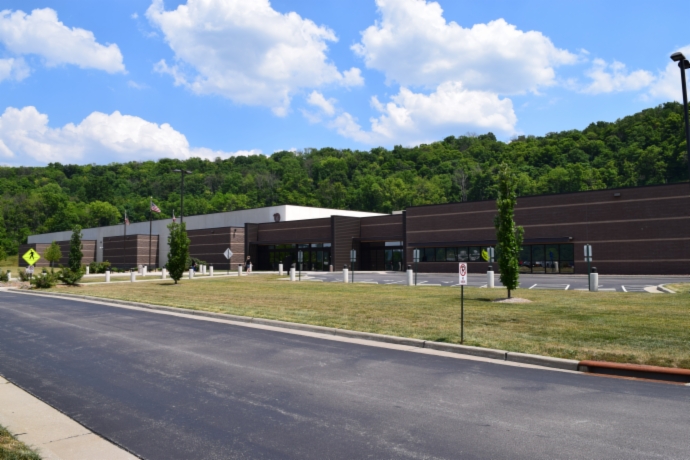
“But the hold it gets on people, it’s not like drinking your first beer, or having your first shot of whisky. This one’s going to grab you, you’re not going to be able to walk away, and there’s a pretty good chance that in a matter of five, ten years, you’re going to be dead.”
Kenton County’s Carl says, “We detox anywhere between 12 and 20 people a day from something. It could even be alcohol. Our detoxes have gone up from maybe two or three a day to anywhere between 12 and 20 a day.”
Officials in the counties are exploring better ways to battle the heroin epidemic, including in-jail treatment programs that can transition to programs outside the jail, once the inmates leave.
Rising jail populations
Here is a breakdown of jail populations have climbed in each of the three Northern Kentucky counties each year since 2010:
Kenton County
April 1, 2010 – 461;
April 1, 2011 – 520;
April 1, 2012 – 522;
April 1, 2013 – 587;
April 1, 2014 – 607;
April 1, 2014 – 656;
Last week – 649.
Campbell County
April 1, 2010 – 553;
April 1, 2011 – 603;
April 1, 2012 – 526;
April 1, 2013 – 633;
April 1, 2014 – 637;
April 1, 2014 – 633;
Last week – 670.
Boone County (includes inmates from other jurisdictions)
April 1, 2010 – 445;
April 1, 2011 – 475;
April 1, 2012 – 494;
April 1, 2013 – 485;
April 1, 2014 – 508;
April 1, 2014 – 534.












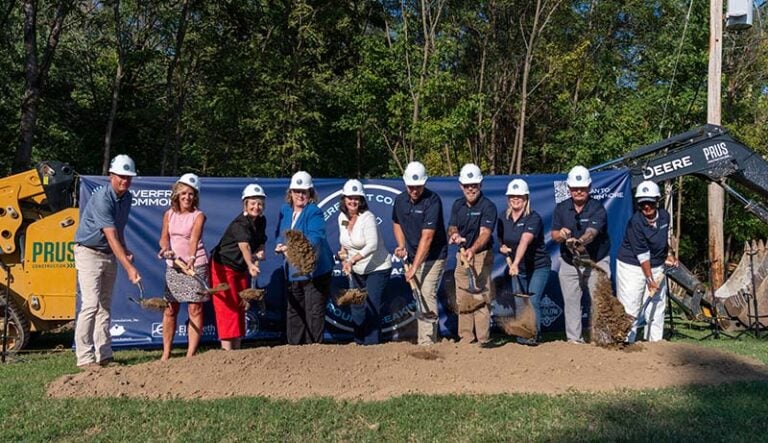
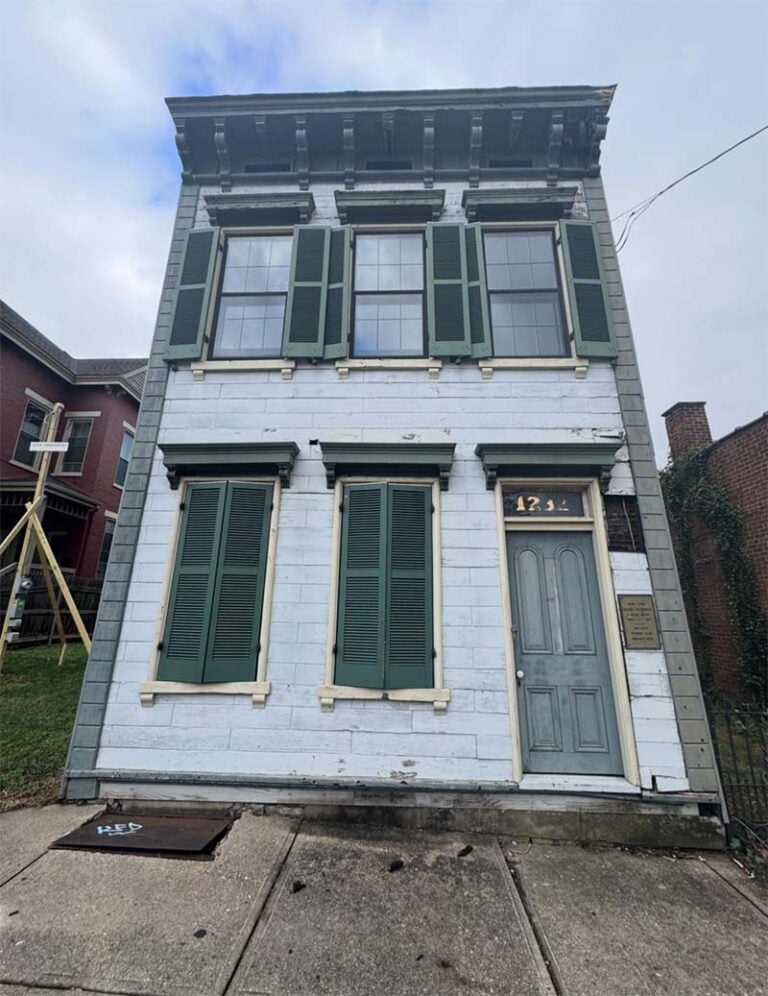




More treatment facilities that are affordable or free ard needed. I filed casey’s law on my son & after calling 14+ facilities, I have yet to find a place that can take him.
Criminalizing addiction is the problem. Drug abuse is a public health issue – not a criminal issue until we made it one.